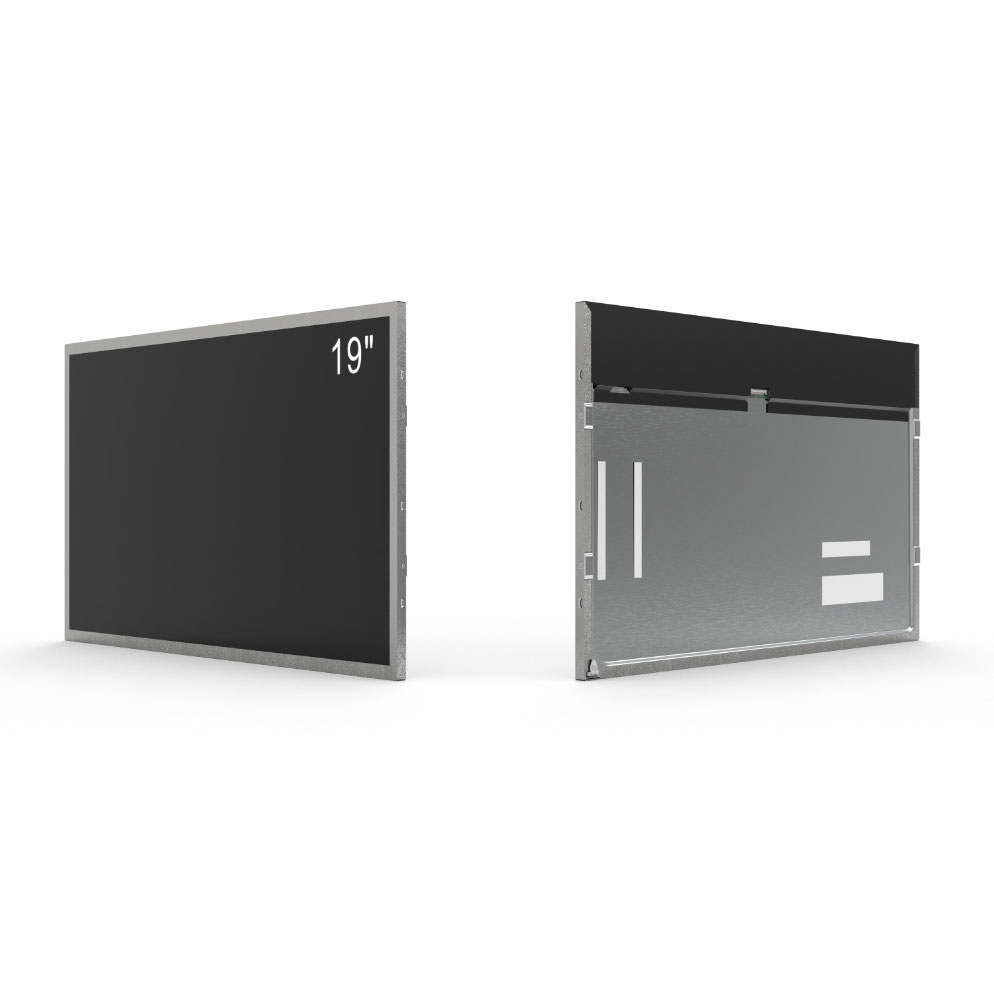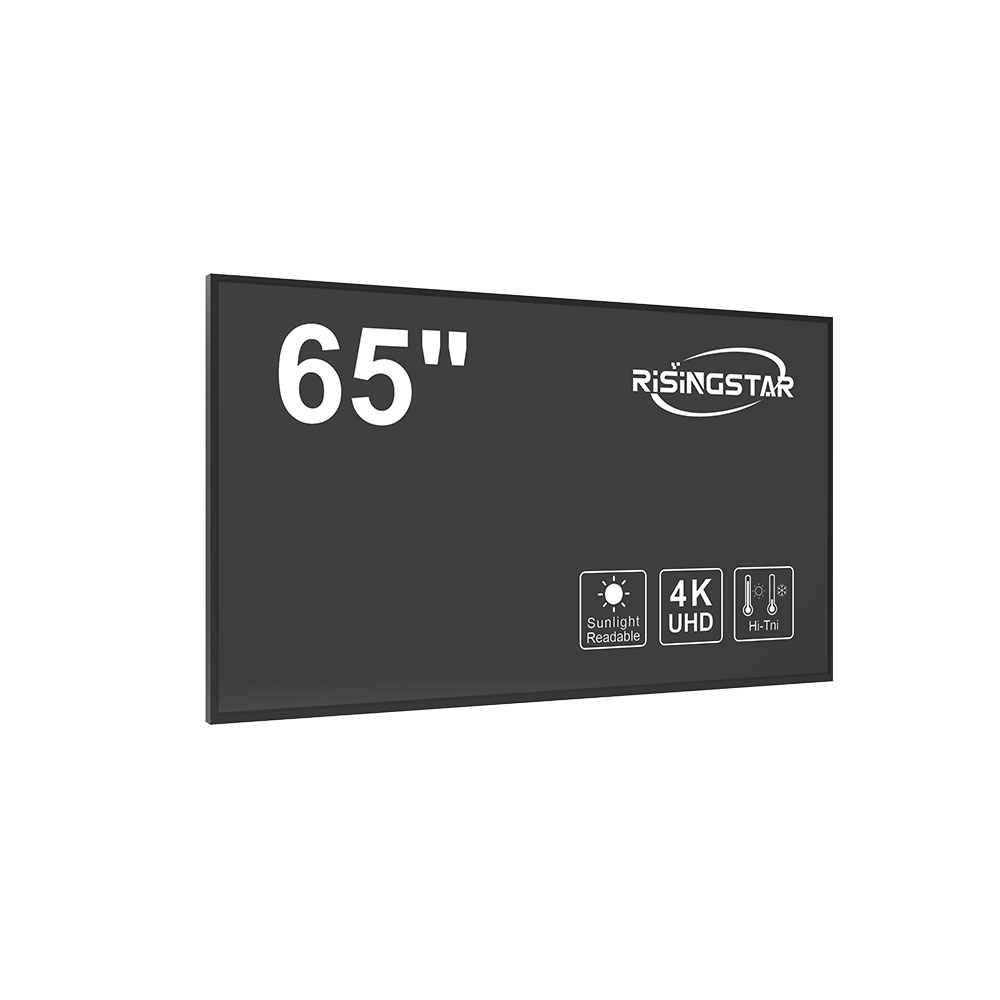- Home
- About Us
- Products
- News
- Video
- Contact
- Send Inquiry
Search
- Home
- About Us
- Products
- News
- Video
- Contact
- Send Inquiry

In the rapidly evolving world of digital displays, especially for outdoor applications, In-Plane Switching (IPS) technology has emerged as a cornerstone for delivering superior image quality, wide viewing angles, and consistent color performance. Originally developed in the late 1990s by Hitachi, IPS panels have since become a standard in high-end monitors, smartphones, and outdoor LCD screens due to their ability to maintain visual accuracy even under challenging environmental conditions.
IPS stands for "In-Plane Switching," a type of Liquid Crystal Display (LCD) panel technology where the liquid crystals are aligned parallel to the glass substrate — unlike Twisted Nematic (TN) panels where crystals twist vertically. This structural difference allows IPS panels to offer significantly better color reproduction, wider viewing angles (typically up to 178°), and more accurate grayscale response. For outdoor environments — such as retail kiosks, traffic information systems, sports stadiums, and public transportation hubs — these features are not just beneficial but essential for maintaining viewer engagement and clarity under direct sunlight or variable lighting conditions.
One of the key advantages of IPS over other LCD technologies is its ability to reduce color shifting when viewed from off-center angles. This makes it ideal for public-facing installations where multiple viewers may be observing the screen from different positions simultaneously. Moreover, IPS panels typically support higher bit depths (often 8-bit or 10-bit), enabling smoother gradients and more nuanced color transitions — critical for displaying rich visuals like advertising content, weather maps, or live video feeds.
Outdoor LCD screens using IPS technology also benefit from advanced backlighting solutions, such as LED arrays with dynamic brightness adjustment. This ensures optimal visibility in both bright daylight (up to 5,000 nits or more in some commercial-grade units) and low-light nighttime settings. When paired with ruggedized housings, anti-glare coatings, and weatherproof ratings (IP65 or higher), IPS-based outdoor displays can withstand extreme temperatures, humidity, and dust exposure — making them suitable for deployment across diverse climates worldwide.

From a technical standpoint, modern IPS panels used in outdoor monitors often feature enhanced response times (as low as 4ms) compared to earlier generations, addressing previous concerns about motion blur in fast-moving content. Additionally, innovations like local dimming and HDR (High Dynamic Range) compatibility allow for deeper blacks, brighter highlights, and greater contrast ratios — crucial for immersive media experiences in open-air settings.
Real-world case studies further validate the effectiveness of IPS technology in outdoor applications. For instance, the deployment of IPS-powered digital signage at Times Square in New York City demonstrates how consistent color accuracy and wide-angle visibility enable advertisers to reach a broader audience without image degradation. Similarly, cities like Tokyo and Singapore have adopted IPS-based outdoor displays for real-time transit updates, leveraging their reliability and clarity in high-traffic areas.
As demand grows for smarter urban infrastructure and interactive public displays, understanding IPS technology becomes increasingly vital for engineers, procurement managers, and system integrators. Whether you're specifying hardware for a new public information terminal or upgrading an existing outdoor screen setup, choosing an IPS-based solution ensures long-term performance, durability, and user satisfaction — all while adhering to global display standards such as ISO 9241 for human-centric interface design.
